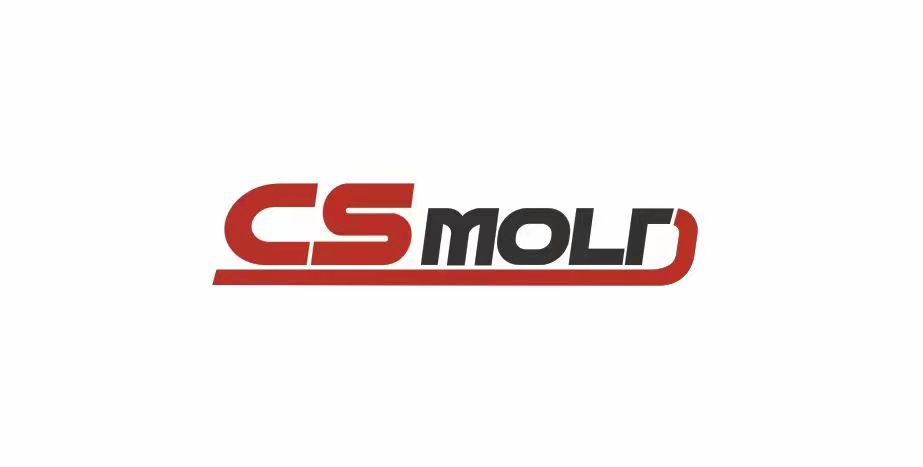In the realm of manufacturing processes, the techniques of CS Mold compression molding and injection molding stand out as pillars of innovation and efficiency. Compression molding involves the meticulous placement of raw materials into heated molds, while injection molding employs pressurized systems to shape molten materials with precision. These methods cater to diverse industries and product types, showcasing distinct characteristics that warrant exploration for informed decision-making. Join us as we delve into the difference between compression molding and injection molding, unraveling their unique attributes and applications in modern manufacturing.
Compression Molding
Compression molding is a method that involves placing a pre-measured amount of raw material into a heated mold cavity. The mold is then closed, and pressure is applied to compress the material and shape it according to the mold’s design. This process is ideal for producing larger and thicker parts, such as automotive components, electrical insulators, and appliance parts. However, CS Mold compression molding can be time-consuming and may require more manual labor compared to other molding methods.
Injection Molding
On the other hand, CS Mold injection molding is a highly efficient technique that utilizes a pressurized injection system. Molten material is forced into a closed mold under high pressure, allowing it to fill every detail of the mold cavity accurately. Injection molding is widely used in various industries due to its ability to produce complex and intricate parts with high precision. It is particularly suitable for mass production and can create products ranging from small electronic components to large plastic containers.
Comparison of Compression Molding and Injection Molding
There are several notable difference between compression molding and injection molding. Firstly, the process and equipment used in each method vary significantly. Compression molding relies on a slower and more manual operation, while injection molding offers a faster and automated process. Additionally, the types of materials used in each process may differ, with compression molding often utilizing materials such as rubber, composites, and thermosetting plastics, while injection molding primarily focuses on thermoplastic materials.
When choosing between compression molding and injection molding, several factors need to be considered. These include the desired part size and complexity, production volume, material properties, and cost considerations. Consulting with experienced manufacturers like CS Mold can help in making an informed decision and achieving the best possible outcome for your specific project.
Real-world examples help illustrate the capabilities of these molding processes. For instance, compression molding is commonly employed in the automotive industry to produce parts such as bumpers, dashboards, and door panels. On the other hand, injection molding is widely used in the production of consumer goods, medical devices, and electronic components.
Conclusion
Understanding the difference between compression molding and injection molding is crucial for selecting the most suitable manufacturing process for your specific needs. Both methods offer unique advantages and considerations. Partnering with a reputable manufacturer like CS Mold ensures access to expertise, advanced equipment, and quality assurance throughout the production process. Make an informed decision by consulting with our skilled team at CS Mold to achieve exceptional results in your molding projects.





